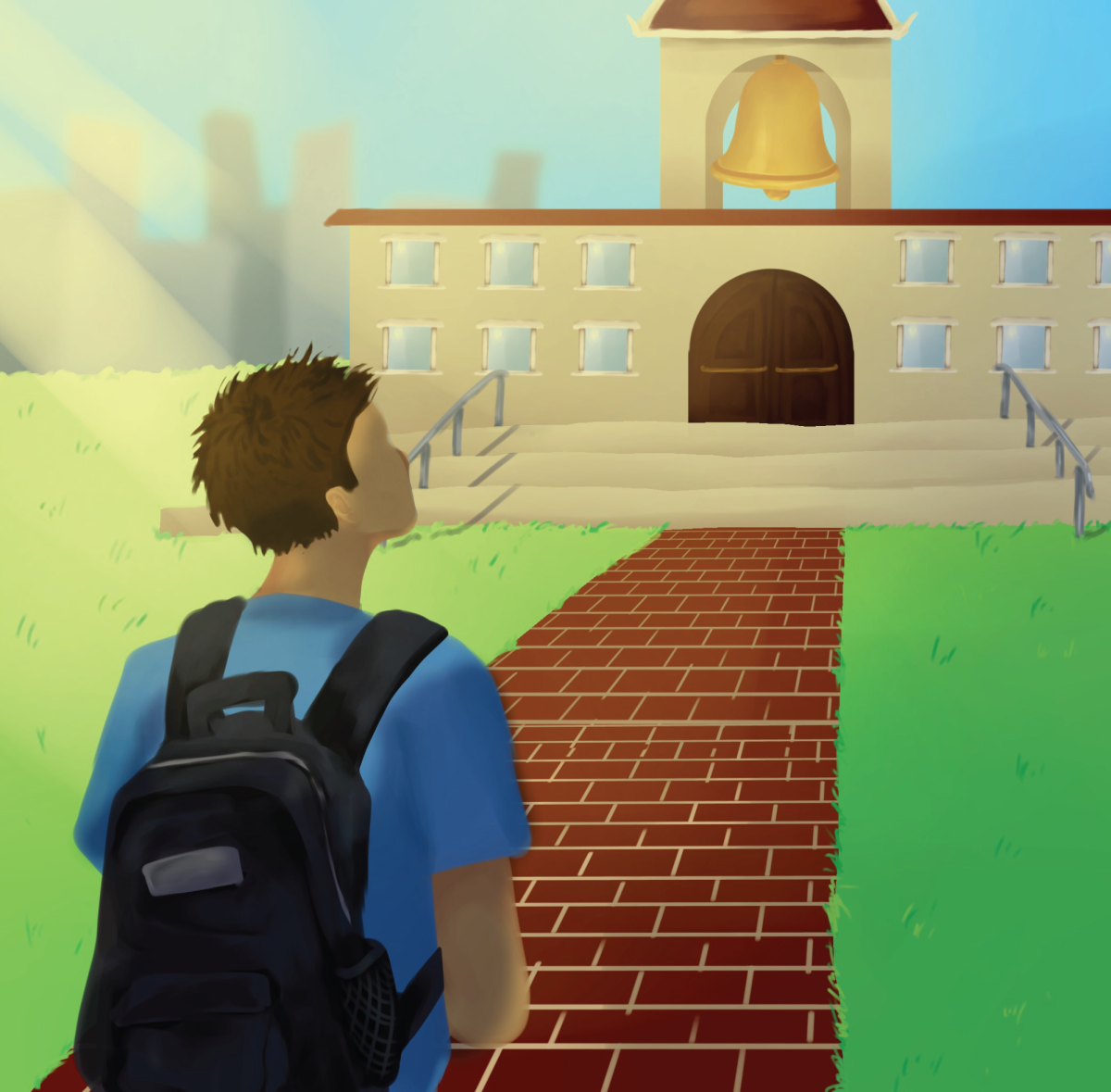With the recent cases of public flashing, questions have arisen concerning how individuals and society as a whole should address this issue.
If someone drives up next to a child or teen and unexpectedly flashes him or her, what should he or she do? If individuals fail to properly identify sex offenders, what next steps can society take to help protect its youth?
Police are often unable to identify sex offenders because they lack enough identification, such as pictures or license plate numbers. In the current world, it would seem reasonable to assume that tracking a person would be easy because of the plentiful technology available. However, even with smartphones and high-quality cameras, people flashed by sex offenders tend to be too shocked or scared to use their devices to even snap a picture of the license plate. They often run away too quickly to even remember details about the car, face or features of the offender.
Without identification for evidence, police struggle to solve cases and identify sex offenders, leading to repeated events and continual fear. Though the identification and removal of sex offenders may prove difficult, the onus is on the police to create a safer environment.
In the case of an offense, the victim can take a photo of the license plate on the car or a picture of the face if the victim has a phone or camera available to him or her. Even without a photographic device, remembering the license plate number or type of car can be very helpful. This evidence will greatly aid officials in identifying an offender.
To anticipate any possible physical threats, children and teenagers can also learn some self defense tactics. For lessons, one can go to defense classes at studios such as Palo Alto Martial Arts at 3773 El Camino Real or Studio Kicks Palo Alto at 796 San Antonio Road. Both studios offer classes for children, teenagers and adults.
Online tutorials are also available on YouTube under the Self-Defense topic.
Some accessible programs that can be found online to help teach self-defense are the Just Yell Fire Million Girl Revolution and Gracie University’s Global Gracie Jiu-Jitsu Academy.
Just Yell Fire is a campaign fighting violence against women and offers four main programs. Founded by Dallas Jessup, who was 14 years old, in 2006, Just Yell Fire’s films and programs have been globally recognized for empowering teenagers and college girls with “danger awareness/avoidance information, a Dating Bill of Rights, and quick-learn self defense and street fighting techniques, designed by martial arts experts,” according to the Just Yell Fire website. It offers a free self-defense movie specifically for girls ages 11 through 19 that can be watched online.
Founded in 1925, Gracie’s Jiu-Jitsu Academy is a well-established, trustworthy source of self-defense instruction. It provides online, DVD and in-person self-defense training.
Gracie Academy instructors are available to answer questions submitted online about the training, and the website offers several free courses and lessons in addition to purchased tutorials.
For each video, the academy has also created a chatroom so that participants can speak with instructors.
Although there are steps that people can take to protect themselves, governments can also take action to respond to the issue of flashing and the lack of individual safety.
One place that our community can look to for an example is Britain. In Britain, “up to 5.9 million closed-circuit television cameras” (CCTVs) were installed by July of 2013 by the British Security Industry Authority. “750,000 [of these cameras were placed] in ‘sensitive locations’ such as schools, hospitals and care homes,” according to an article by The Telegraph.
The installment of the CCTV system was a response to the growing problem of homeowners snooping on their neighbors.
Initially, homeowners were setting up personal CCTVs for their own protection. However, as these installments became more common, complaints concerning rights of privacy also increased. The government quickly acted upon this issue.
Andrew Rennison, Britain’s Coalition’s surveillance camera commissioner, said that from June of 2013 through 2014, “I will … be publishing guidance to help people with [proper, responsible installments] because although it is outside of the code of practice, I think it is an area where people do want further advice.”
The British government also ordered councils and police forces to regularly review the cameras to make sure they were actually necessary as part of the public CCTV code of practice.
The main purpose of these security cameras was to help detect and prosecute crime, ensuring better security for the entire community.
Though the call for increased security stemmed from different issues in Britain from in the Bay Area, the essential need for protection is the same.
Though some people in the Bay Area who hear of this program may fear a potential loss in civil liberties of privacy, the people of Britain seem to believe that the effectiveness and benefits of the CCTVs outweigh the possible cons.
This confidence in CCTVs was shown in a survey of 6,000 adults in France, Germany, Spain, Sweden and the UK in June of 2013.
Even though the survey was taken soon after the installment of the cameras, “Britain had the second highest number of people who felt that CCTV did not affect freedom, after Sweden,” according to The Telegraph. The popularity of CCTVs has not significantly changed since the survey.
The CCTV system was created based on the expectation and trust that people would install them for morally good reasons that benefit, not scare or harm, society.
To make sure this goal could be obtained, the government decided to monitor the installments. Society’s positive responses showed the government’s success.
Peter Hawksworth, CEO of Security Products from Siemens, who commissioned the previously mentioned study, said, “The key for those deploying [this CCTV system] is to do so sensibly and have a justifiable reason for implementation, something that governments across Europe will hopefully provide guidance on.”
Looking to the success of the CCTV camera system in Britain, Bay Area communities may want to consider implementing a similar system, remembering that the safety of its individuals is paramount.







